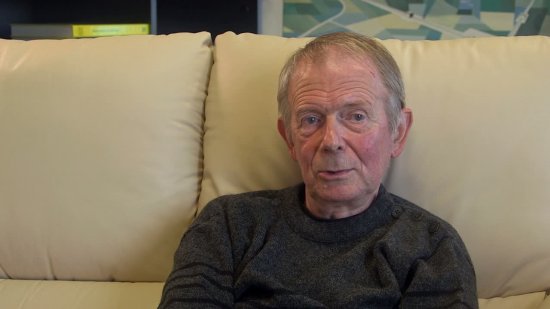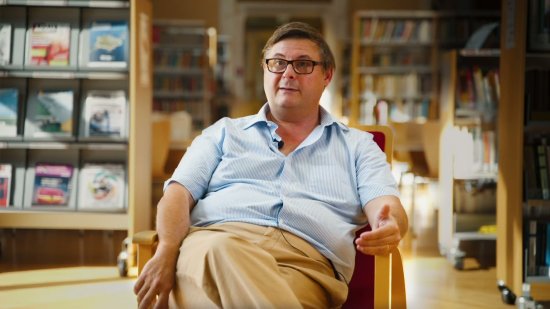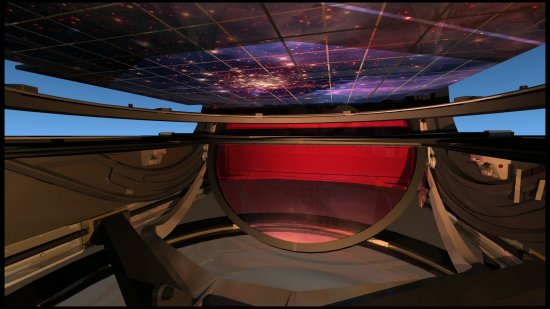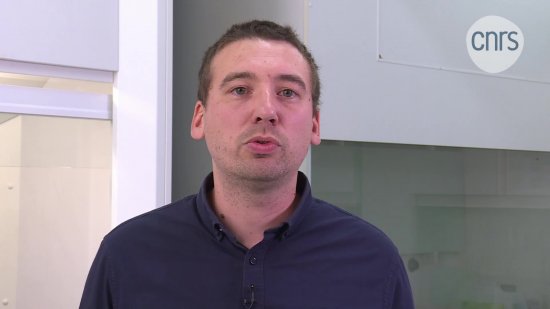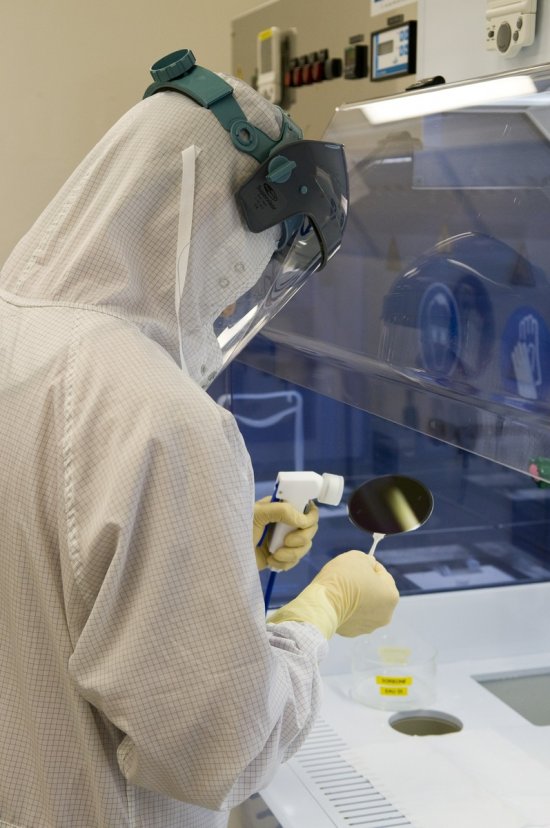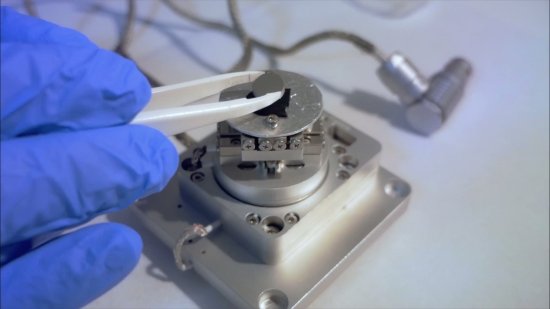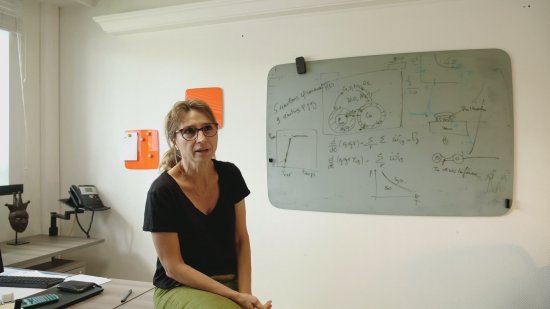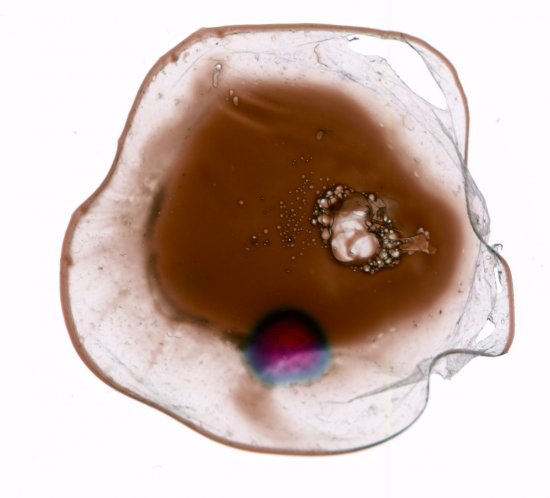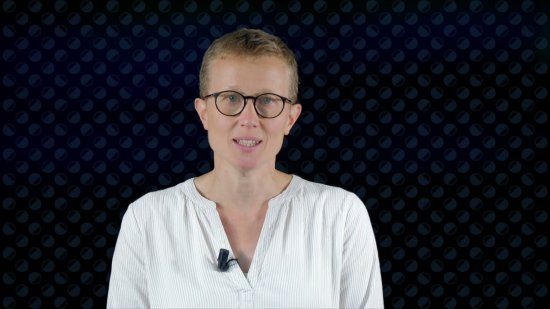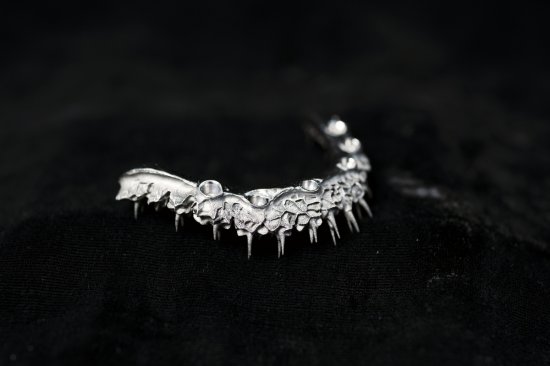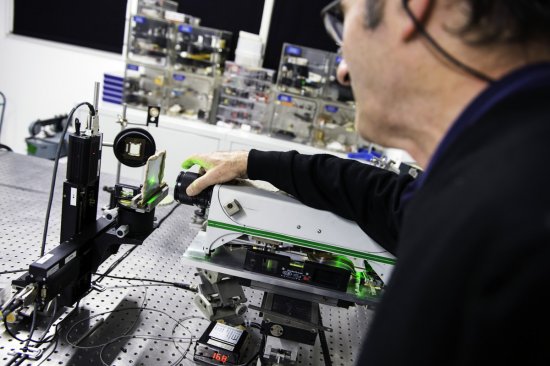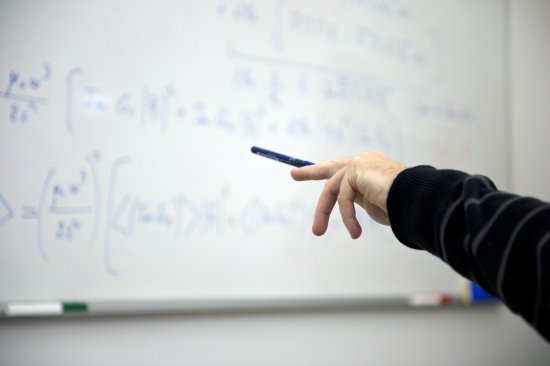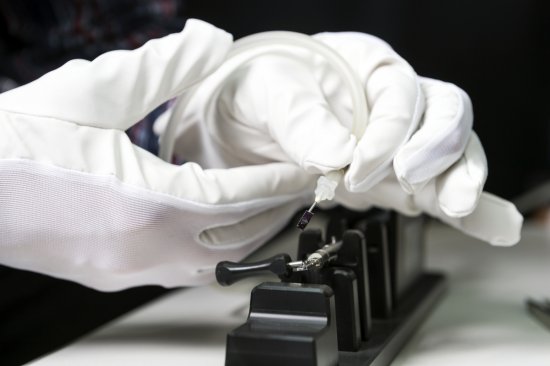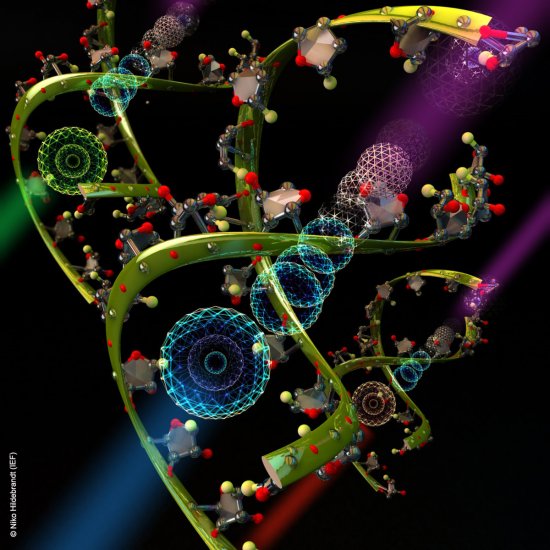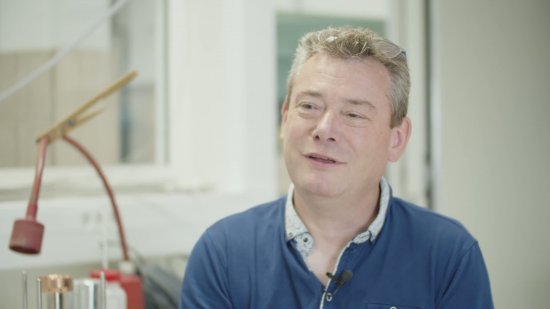© CNRS - 2019
Reference
6772
Thomas Ebbesen explorateur de lumière
In this report, scientists introduce 2019 CNRS Gold Medalist, Thomas Ebbesen and his research. This prestigious French scientific award is awarded to the Franco-Norwegian physical chemist for his highly interdisciplinary work in nanoscience, which covers fields as diverse as carbon materials science, optics, nanophotonics and molecular chemistry. His discoveries have led to technological breakthroughs in optoelectronics, optical communications and biosensors.
Duration
Production year
Définition
Color
Sound
Version(s)
Original material
The use of media visible on the CNRS Images Platform can be granted on request. Any reproduction or representation is forbidden without prior authorization from CNRS Images (except for resources under Creative Commons license).
No modification of an image may be made without the prior consent of CNRS Images.
No use of an image for advertising purposes or distribution to a third party may be made without the prior agreement of CNRS Images.
For more information, please consult our general conditions
Transcription
00:00:05 - Thomas EBBESEN
My name is Thomas Ebbesen, I am a physical chemist, member of the ISIS, a joint research unit between the CNRS and the University of Strasbourg.
00:00:18 – Mir WAIS HOSSEINI, chemist, Le Bel Institute
Thomas trained as a physical chemist and has excellent knowledge in physics. His first remarkable achievement was to work on carbon nanotubes. It was the best material at the time. Later on, he gave that up and moved on to a very different field, that of optical cavities.
00:00:45 - Alain ASPECT, physicist, 2005 CNRS Gold Medal recipient, Institut d'Optique d'Orsay
He discovered that light can pass through very small holes, much smaller than its own wavelength, although it should not be able to do so. Not only did he discover the phenomenon, but he also helped explain it.
00:00:59
- We can clearly see that the marble is stuck up there.
- Yes. That is the marble. If you go up a bit, you can block it, you'll see...
00:01:08 - Cyriaque GENET, physicist and close colleague of Thomas Ebbesen, ISIS
Thomas Ebbesen is now working on an idea he had a long time ago. It consists in putting molecules in an optical cavity. The advantage of this idea lies in its consequences.
00:01:25 - Jean Marie LEHN, chemist, 1987 Nobel Prize laureate, ISIS and USIAS
His latest work leads to a new approach in chemistry, especially concerning the way molecules behave. We can modify their behaviour by pairing them with vacuum energy, which will give rise to an entirely novel approach in chemistry.
00:01:47 - Joseph MORAN, chemist, ISIS
What does Thomas have that others don't? I think it is his interdisciplinarity.
He's not at all afraid to venture into an unexplored field between two conventional ones.
00 :02 :01 - Jean Marie LEHN, chemist, 1987 Nobel Prize laureate, ISIS and USIAS
That's what the singularity of a scientist is all about. It generally means seeing what others have not yet seen.
00:02:15 – Thomas EBBESEN
This chapter is a reminder aimed at putting everyone on a level playing field.
For some it will be obvious, for others...
00 :02 :24 Catherine FLORENTZ, first Vice-President of the University of Strasbourg
What is characteristic of Thomas is that he really helps young people get a foot on the ladder.
He appeals to them, he gives them independence, he supports them so that they themselves become competitive at the highest international level. He is a real driving force, recognised and respected for it.
